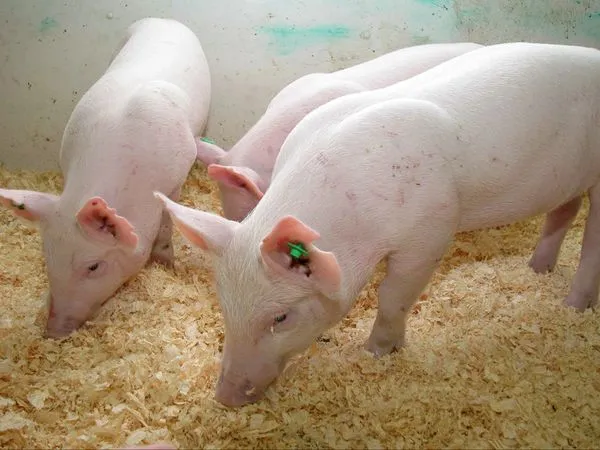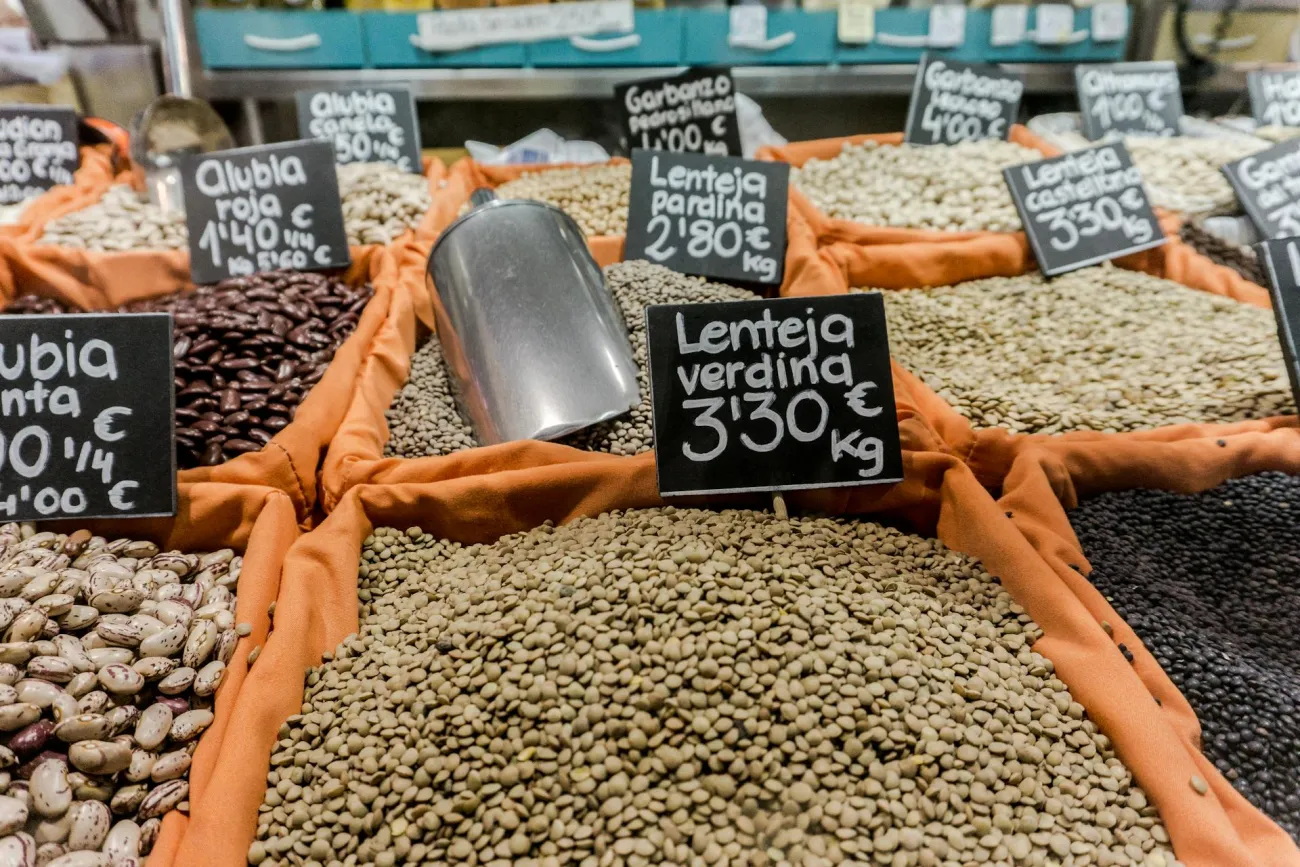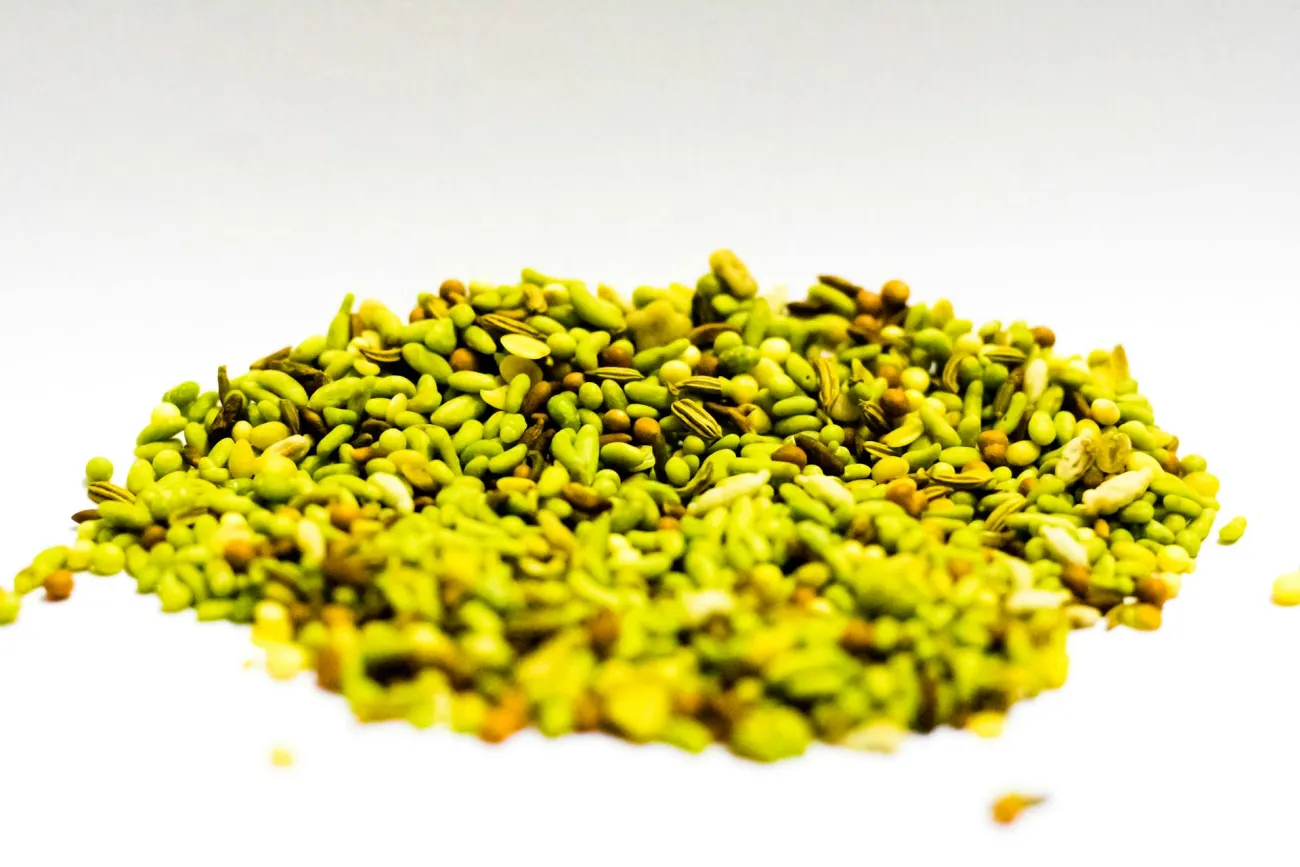Science Daily summarises the findings of a paper which reports on recent successful attempts to transgenically breed a pig that utilises phosphorous more efficiently. The pigs have genetically modified salivary glands, which help them digest phosphorus in feedstuffs, thereby reducing phosphorus pollution in the environment.

Science Daily’s summary is here.
The citation and abstract is as follows:
Meidinger R. G., Ajakaiye A., Fan M. Z., Zhang J., Phillips J. P., and Forsberg C. W. Digestive utilization of phosphorus from plant based diets in the Cassie line of transgenic Yorkshire pigs that secrete phytase in the saliva. Journal of Animal Science, 2013; DOI: 10.2527/jas.2012-5575
Abstract
A line of transgenic Yorkshire pigs referred to as the Cassie (CA) line was generated, which possessed a stable, low copy number phytase transgene insertion that enabled phytase secretion in the saliva. This study was conducted to assess growth and efficacy for improving P, Ca, and other macro-mineral utilization in the CA pigs receiving diets typical of those used for commercial swine production. In Exp. 1, 12 CA boars and 12 CA gilts were fed diets without supplemental P gained weight and exhibited feed efficiency similar to conventional age-matched 12 Yorkshire boars and 12 Yorkshire gilts raised on similar diets with supplemental P. Serum concentrations of P and Ca were similar for CA and Yorkshire pigs during the growing and finishing phases, indicating that the CA pigs were not P limited. In Exp. 2, 6 CA (13.1 kg BW) and 6 Yorkshire barrows (8.8 kg BW) were fed 3 diets (control, low in Ca and P, and low in Ca, P, and CP) over 3 phases, and CA barrows fed the diet without supplemental P retained 25 to 40% (P < 0.001), 77 to 91% (P < 0.001), and 27 to 56% (P < 0.001) more P during the weanling, growing, and finishing phases, respectively, than conventional Yorkshire barrows fed similar diets without supplemental P. In Exp. 3, the CA and Yorkshire pigs of similar ages weighing 66.2 ± 1.7 kg (n = 10) and 50.0 ± 1.0 kg (n = 10), respectively, were used. The P retention of CA finisher barrows fed a diet without supplemental P was 34% greater (P < 0.001) than conventional Yorkshire barrows fed the same diet with 750 unit of exogenous phytase/kg diet. Urinary Ca to P ratio in the CA pigs was 0.27, whereas that for the Yorkshire barrows was 30, thereby, indicating that the Yorkshire barrows suffered a P deficiency. Furthermore, digestive utilization of major electrolyte macro-minerals, K and Na, was improved (P < 0.05) by 18 and 16%, respectively, in the CA finisher pigs compared with the conventional Yorkshire finisher pigs fed phytase; however, only K exhibited enhanced retention. In conclusion, the CA line pigs secrete sufficient phytase from the salivary glands to enable efficient digestion of plant P, Ca, and major electrolyte macro-minerals.
You can download the paper here (journal subscription needed).
We would be very interested in your thoughts on this – please do add your comments on the FCRN website here.




Comments (0)